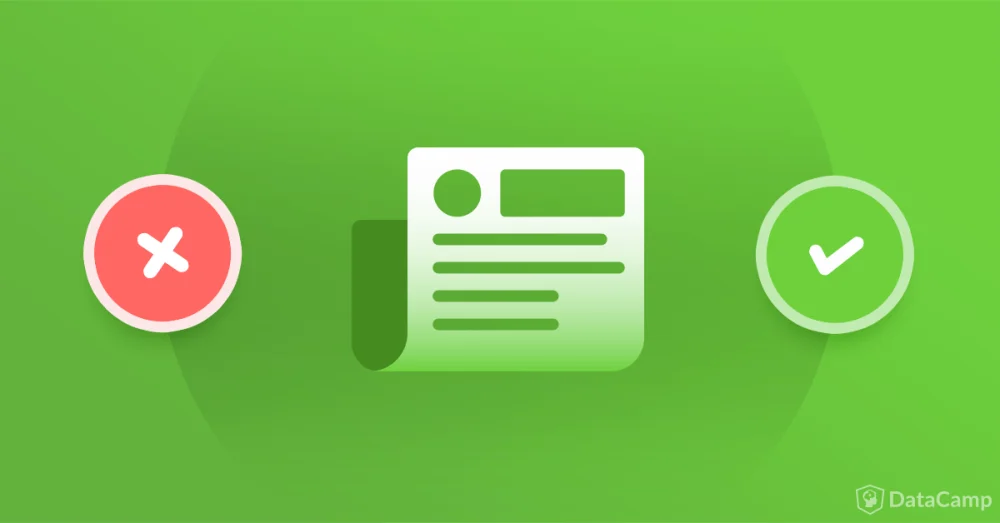The present days digital era is characterized by information speed that is amazing. However, a perilous danger lies underneath the vast flow of news and social media publications: fake news. Such made-up stories are mostly aimed at misleading and manipulating others leading to real-world implications. In this case Artificial Intelligence (AI) plays a role that can be hoped for amid the battle against misinformation. Nevertheless, the concern here is; Will AI ever truly become the best fake news detector surpassing human skepticism and distinguishing between fiction and factual?
The Allure of AI: Automating Truth Detection
AI offers several advantages in the fight against fake news:
- Scalability: AI algorithms can analyze vast amounts of data – text, images, and videos – in real-time, a task that would overwhelm human fact-checkers.
- Pattern Recognition: AI can identify patterns in language use, content consistency, and source credibility. These patterns often distinguish genuine news from fabricated content. To know more about Artificial Intelligence algorithms and how to works you can refer multiple online data science course where to teaches how these Machine learning algorithms achieve pattern recognition.
- Adaptability: AI algorithms can evolve over time, learning to recognize new tactics used by purveyors of fake news as they adapt their methods.
Challenges and Limitations: The AI Isn’t Flawless
While promising, AI-based fake news detection faces significant challenges:
- Context is King: AI can sometimes misunderstand the subtleties of human language and context in which data is given. Satire, sarcasm, and humor may be seen as lies.
- The Power of Deepfakes: Deepfakes are video footages that have been made by AI, they look so real and one cannot differentiate them from the genuine videos. The software for detecting these fake videos is being upgraded as often as possible. Deep algorithms and Deep learning explain more in artificial intelligence course and tutorial online.
- Data Bias: Biased training data sets might lead to AI algorithms’ inaccurate classifications as an example, an algorithm that has been mostly taught from mainstream news sources might recognize alternative opinions as fake news.
The Human Touch: Collaboration is Key
AI is not, nevertheless, intended to fully replace human fact-checkers because of its limitations. The best case scenario involves working together.:
- AI as a Screening Tool: AI can flag potentially fake news. This allows human fact-checkers to focus their efforts on the most suspicious content.
- Verifying Sources: AI can cross-reference information with credible sources, assisting fact-checkers in verifying claims.
- Identifying Trends: Over time, AI can analyze patterns in fake news dissemination, helping experts understand the motivations behind these campaigns.
AI used in Software Development
AI is increasingly becoming an integral part of full stack development, with a potential to transform the cycle of development. In full stack development, AI can automate repetitive tasks, optimize code and assist in debugging; thereby significantly accelerating the process of development and making it more effective. While machine learning models can analyse previous development projects to recommend changes for new ones, AI-driven analytics unravel user behaviour helping developers create more intuitive and user-friendly interfaces. Infact full stack developer course gives you more insight of front end and backend system. Moreover, AI-powered tools may generate code for front-end as well as back-end coding so that developers may concentrate on more intricate and artistic assignments. By merging AI with full-stack development, not only does this shorten project schedules but also raises the bar on what can be accomplished thus leading to more inventive web applications with higher complexity levels.
The Future of AI and Fake News Detection
The battle against fake news is ongoing. As AI continues to evolve, we can expect advancements in areas like:
- Understanding Context: AI algorithms will be better equipped to grasp the nuances of language and identify satire or sarcasm.
- Deepfake Detection: Technological advancements will allow AI to more effectively identify and expose deepfakes.
- Explainable AI: AI systems will become more transparent, allowing humans to understand the reasoning behind their classifications of content.
Conclusion: A Shared Responsibility
The struggle against fake news is multifaceted. AI has some useful resources, but it isn’t a magic bullet. In order to appraise the information they meet on the web, individuals must have media literacy and critical thinking abilities. Every one of us – people, tech companies as well as governments – should collaborate and create a trustworthy information environment. This battle can be won by AI but not without humans who always question things, think critically and do not allow anything in their minds through media consumption is considered responsible.
Check out more AI tools.
Elevate Guest Experience with RoomGenie
Invest your money effortlessly 🚀 Try the NewsGenie tool!
